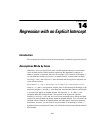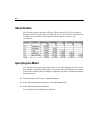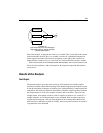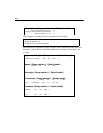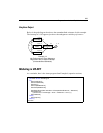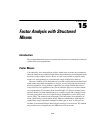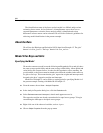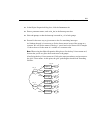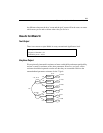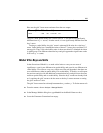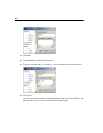
229
Example
15
Factor Analysis with Structured
Means
Introduction
This example demonstrates how to estimate factor means in a common factor analysis
of data from several populations.
Factor Means
Conventionally, the common factor analysis model does not make any assumptions
about the means of any variables. In particular, the model makes no assumptions about
the means of the common factors. In fact, it is not even possible to estimate factor
means or to test hypotheses in a conventional, single-sample factor analysis.
However, Sörbom (1974) showed that it is possible to make inferences about factor
means under reasonable assumptions, as long as you are analyzing data from more
than one population. Using Sörbom’s approach, you cannot estimate the mean of
every factor for every population, but you can estimate differences in factor means
across populations. For instance, think about Example 12, where a common factor
analysis model was fitted simultaneously to a sample of girls and a sample of boys.
For each group, there were two common factors, interpreted as verbal ability and
spatial ability. The method used in Example 12 did not permit an examination of
mean verbal ability or mean spatial ability. Sörbom’s method does. Although his
method does not provide mean estimates for either girls or boys, it does give an
estimate of the mean difference between girls and boys for each factor. The method
also provides a test of significance for differences of factor means.



